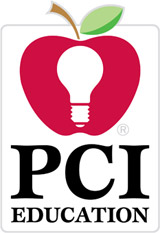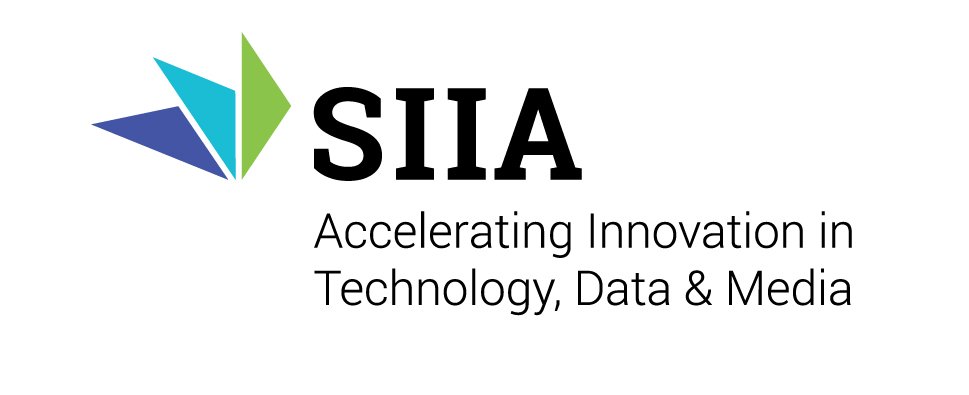The New York Times is running a series of front-page articles on “Grading the Digital School.” The first one ran Labor Day weekend and raised the question as to whether there’s any evidence that would persuade a school board or community to allocate extra funds for technology. With the demise of the Enhancing Education Through Technology (EETT) program, federal funds dedicated to technology will no longer be flowing into states and districts. Technology will have to be measured against any other discretionary purchase. The resulting internal debates within schools and their communities about the expense vs. value of technology promise to have interesting implications and are worth following closely.
The first article by Matt Richtel revisits a debate that has been going on for decades between those who see technology as the key to “21st Century learning” and those who point to the dearth of evidence that technology makes any measurable difference to learning. It’s time to try to reframe this discussion in terms of what can be measured. And in considering what to measure, and in honor of Labor Day, we raise a question that is often ignored: what role do teachers play in generating the measurable value of technology?
Let’s start with the most common argument in favor of technology, even in the absence of test score gains. The idea is that technology teaches skills “needed in a modern economy,” and these are not measured by the test scores used by state and federal accountability systems. Karen Cator, director of the U.S. Department of Education office of educational technology, is quoted as saying (in reference to the lack of improvement in test scores), “…look at all the other things students are doing: learning to use the Internet to research, learning to organize their work, learning to use professional writing tools, learning to collaborate with others.” Presumably, none of these things directly impact test scores. The problem with this perennial argument is that many other things that schools keep track of should provide indicators of improvement. If as a result of technology, students are more excited about learning or more engaged in collaborating, we could look for an improvement in attendance, a decrease in drop-outs, or students signing up for more challenging courses.
Information on student behavioral indicators is becoming easier to obtain since the standardization of state data systems. There are some basic study designs that use comparisons among students within the district or between those in the district and those elsewhere in the state. This approach uses statistical modeling to identify trends and control for demographic differences, but is not beyond the capabilities of many school district research departments1 or the resources available to the technology vendors. (Empirical has conducted research for many of the major technology providers, often focusing on results for a single district interested in obtaining evidence to support local decisions.) Using behavioral or other indicators, a district such as that in the Times article can answer its own questions. Data from the technology systems themselves can be used to identify users and non-users and to confirm the extent of usage and implementation. It is also valuable to examine whether some students (those in most need or those already doing okay) or some teachers (veterans or novices) receive greater benefit from the technology. This information may help the district focus resources where they do the most good.
A final thought about where to look for impacts of technologies comes from a graph of the school district’s budget. While spending on technology and salaries have both declined over the last three years, spending on salaries is still about 25 times as great as on technologies. Any discussion of where to find an impact of technology must consider labor costs, which are the district’s primary investment. We might ask whether a small investment in technology would allow the district to reduce the numbers of teachers by, for example, allowing a small increase in the number of students each teacher can productively handle. Alternatively, we might ask whether technology can make a teacher more effective, by whatever measures of effective teaching the district chooses to use, with their current students. We might ask whether technologies result in keeping young teachers on the job longer or encouraging initiative to take on more challenging assignments.
It may be a mistake to look for a direct impact of technology on test scores (aside from technologies aimed specifically at that goal), but it is also a mistake to assume the impact is, in principle, not measurable. We need a clear picture of how various technologies are expected to work and where we can look for the direct and indirect effects. An important role of technology in the modern economy is providing people with actionable evidence. It would be ironic if education technology was inherently opaque to educational decision makers.
1 Or we would hope, the New York Times. Sadly, the article provides a graph of trends in math and reading for the district highlighted in the story compared to trends for the state. The graphic is meant to show that the district is doing worse than the state average. But the article never suggests that we should consider the population of the particular district and whether it is doing better or worse than one would expect, controlling for demographics, available resources, and other characteristics.







